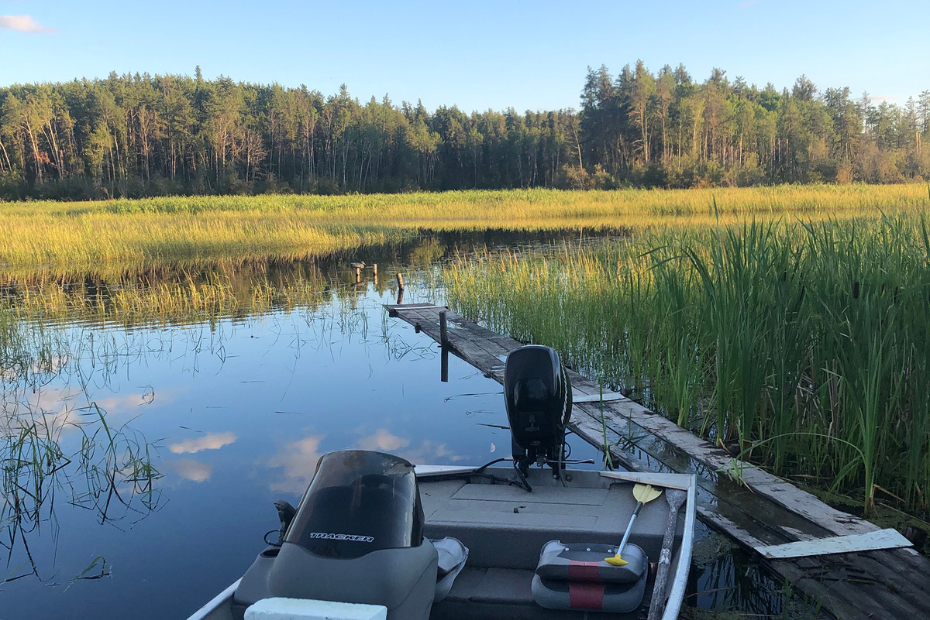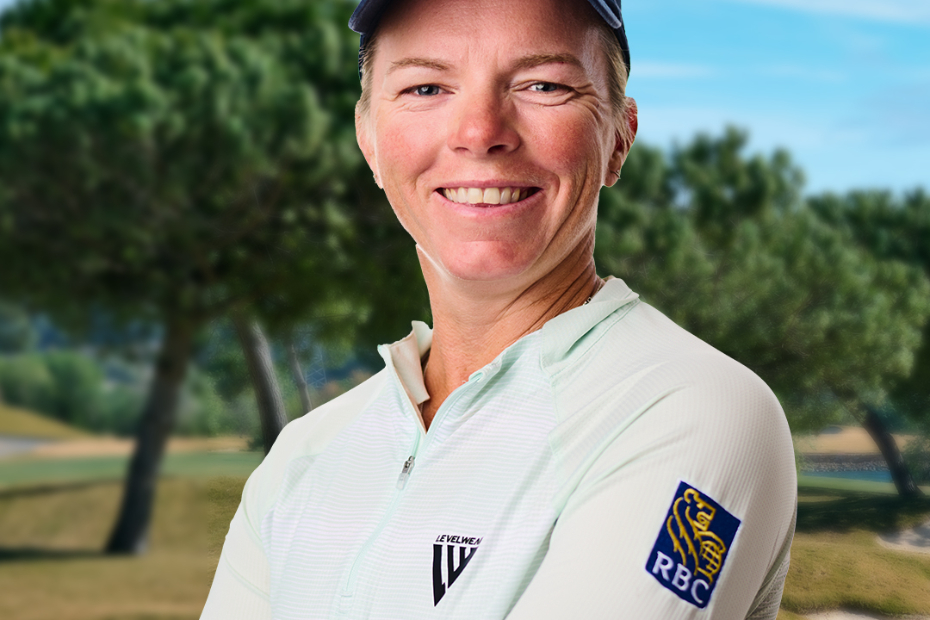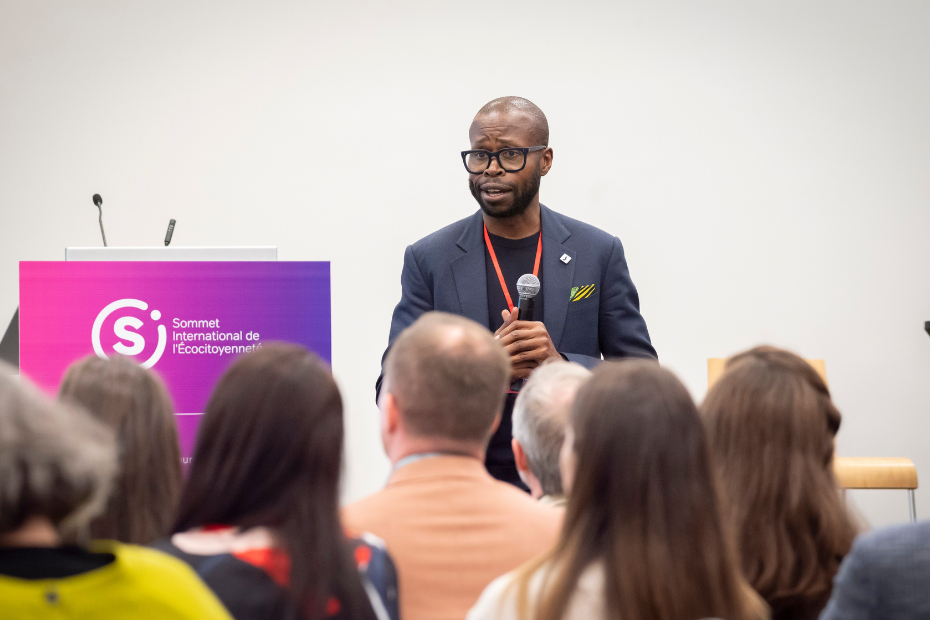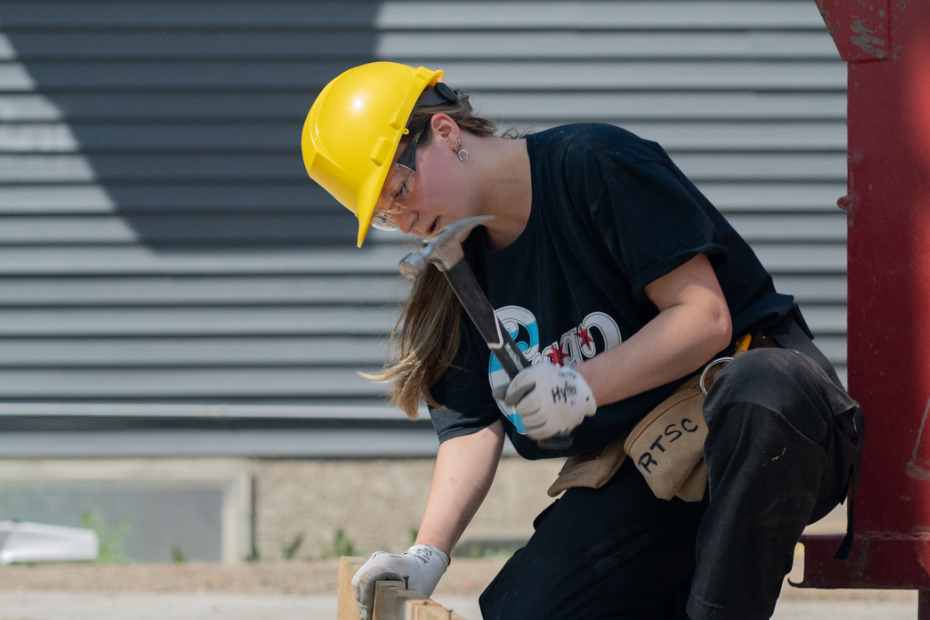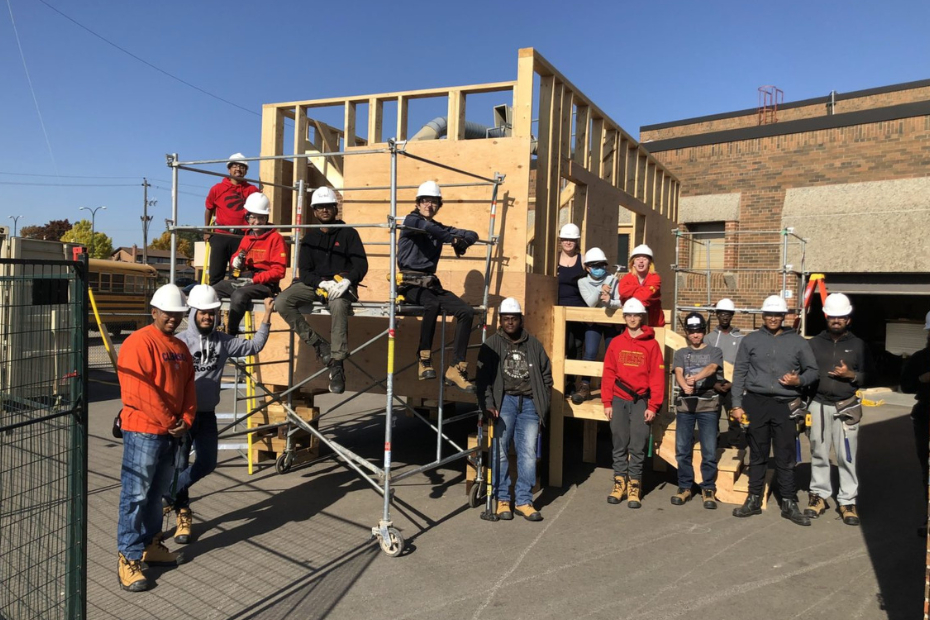Despite the disappointment of an unfinished Olympic season, technology and innovation are helping the next generation of athletes during these challenging times.
RBC Training Ground is a grassroots talent identification and athlete funding program designed to uncover Canadian athletes with Olympic potential and provide them with the added support to reach the Olympic podium.
To protect the safety of athletes and their families during COVID-19, the 2020 season was cut short; however, RBC’s commitment to Canada’s Olympic future is as steadfast as ever.
RBC Training Ground was developed in partnership with the Canadian Olympic Committee and the Canadian Olympic Foundation, with support from the Canadian Olympic and Paralympic Sport Institute Network.
In keeping with this commitment, in June, RBC announced a $230,000 investment to support the Next Generation programming needs of each National Sport Organization (NSO) involved in RBC Training Ground. One of these organizations is Rowing Canada, which — when faced with a unique equipment problem — came up with a unique solution. As the saying goes, necessity is the mother of invention.
Rowing Canada Taps University of Victoria engineering students
Samantha Heron, a young NextGen coach from Rowing Canada and a University of Victoria graduate, came up with a creative way to use part of Rowing Canada’s grant, tapping the talent of a fourth year mechanical engineering class at her alma mater.
To identify the strength of an untrained rower, rowing organizations around the world typically use a home gym strength training machine called the Concept2 DYNO. Part of most rowing talent identification protocols, the Concept2 DYNO ended production in 2007.
Because of their age, the machines still in use today, break frequently and become harder to fix each year. Additionally, because of their size, the machines are not easy for organizations to move from place to place.

Photo: Armando Tura
“NextGen coaching involves a lot of talent ID work, so we are always carting around these old C2 DYNO machines because that is what we’ve always used,” says Heron. “And we started thinking maybe we should build our own machine.”
With the grant to help bring the idea to life, Heron decided to take on the project of finding — or rather designing — a solution to replace the Concept2 DYNO.
NextGen coaching involves a lot of talent ID work, so we are always carting around these old C2 DYNO machines because that is what we've always used, and we started thinking maybe we should build our own machine.
Samantha Heron
Heron began looking up engineering firms and departments around the island. She came across Dr. Colin Bradley, the instructor for a fourth year Product Design Engineering course who was in search of something for the students to sink their teeth into.
Heron knew that if the students could come up with a workable design, Rowing Canada would be able to afford the materials, shop time and testing time involved in building a prototype and, potentially, even starting production.
This project checked all the boxes for Dr. Bradley’s product design course — not to mention it was a real-life project students could work on.
The project is officially underway, with students divided into working groups, in the hope that they’ll come up with different design angles and ideas.
Since 2016, RBC Training Ground has tested 8,500 young elite athletes at more than 100 free local events across the country, identifying over 800 high-potential athletes.
This article is intended as general information only and is not to be relied upon as constituting legal, financial or other professional advice. A professional advisor should be consulted regarding your specific situation. Information presented is believed to be factual and up-to-date but we do not guarantee its accuracy and it should not be regarded as a complete analysis of the subjects discussed. All expressions of opinion reflect the judgment of the authors as of the date of publication and are subject to change. No endorsement of any third parties or their advice, opinions, information, products or services is expressly given or implied by Royal Bank of Canada or any of its affiliates.










